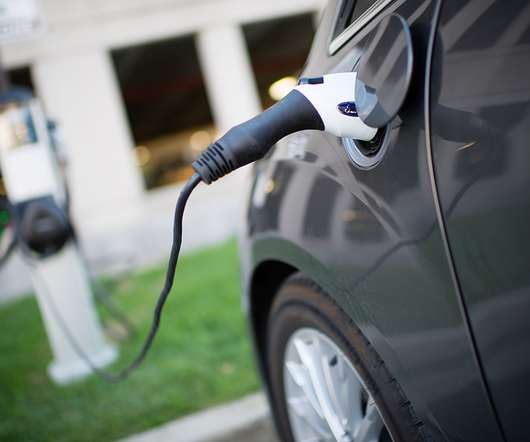Stanford researchers develop new electrolysis system to split seawater into hydrogen and oxygen
Green Car Congress
MARCH 19, 2019
Electrolysis of water to generate hydrogen fuel is an attractive renewable energy storage technology. Negatively charged chloride in seawater salt can corrode the anode, however, limiting the system’s lifespan. During electrolysis, the nickel sulfide evolves into a negatively charged layer that protects the anode.

















Let's personalize your content